3-D-printed models help shape heart care

Karl West, MS, Director of Cleveland Clinic Medical Device Solutions, holds a three-dimensional polymer model of an aortic aneurysm made by one of two rapid prototyping systems (3-D printers) in Cleveland Clinic’s Lerner Research Institute.
Advertisement
Cleveland Clinic is a non-profit academic medical center. Advertising on our site helps support our mission. We do not endorse non-Cleveland Clinic products or services. Policy
Cleveland Clinic heart and vascular surgeons are using 3-D-printed models like this to plan surgeries, test innovative devices, and enhance knowledge of the heart and vascular system. Technicians can upload data from high-resolution CT and MRI scans to make the models, which are printed in layers 6/10,000ths of an inch thick.
In the cardiovascular field alone, Cleveland Clinic’s 3-D printers have been used to help craft novel endovascular grafts, replacement valves and a new artificial heart.
For more information, contact Karl West, MS, at westk2@ccf.org.
Advertisement
Advertisement

Patient-patient network analysis proves to be fast and clinically intuitive
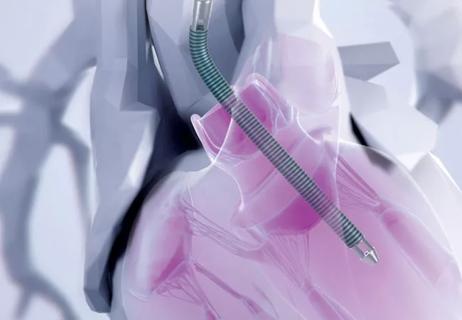
How we’re using a new multidisciplinary approach to broaden the benefits of ablation

Models developed with promising accuracy and generalizability to clinical practice
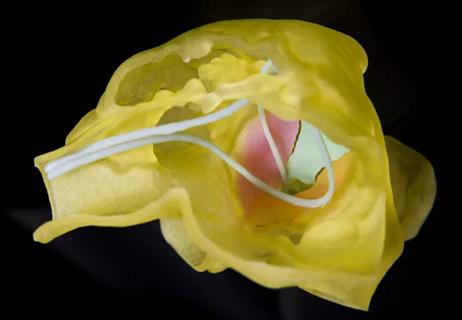
Illustrated case series profiles a valuable tool for a rare and complex entity
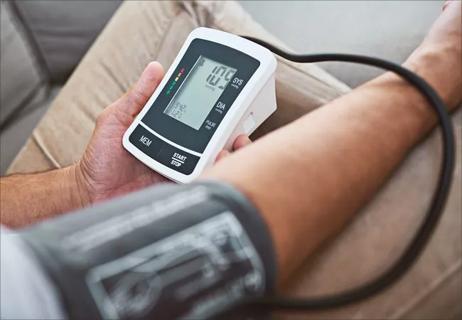
Keys to success include a team-based approach and integration into clinical workflow

A minimally invasive, single-incision approach to two coexisting problems
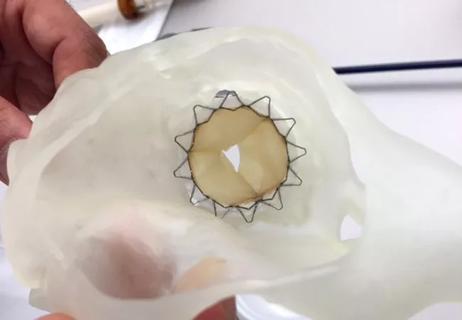
New review outlines applications to date, hurdles to overcome
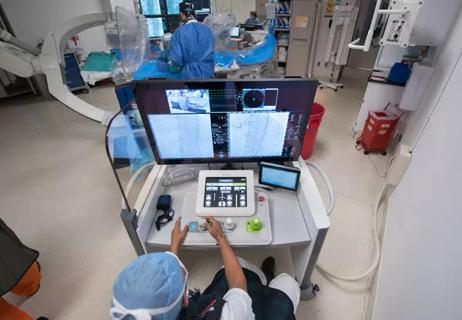
A long-overdue technology is poised to reshape practice